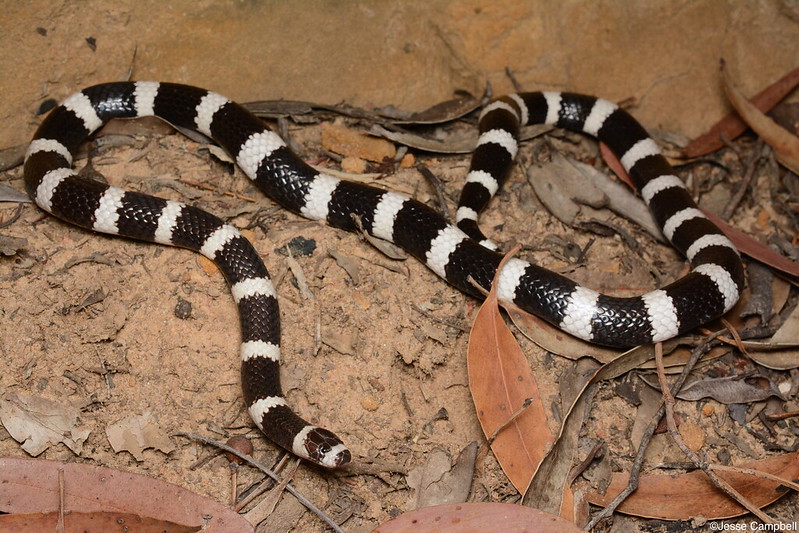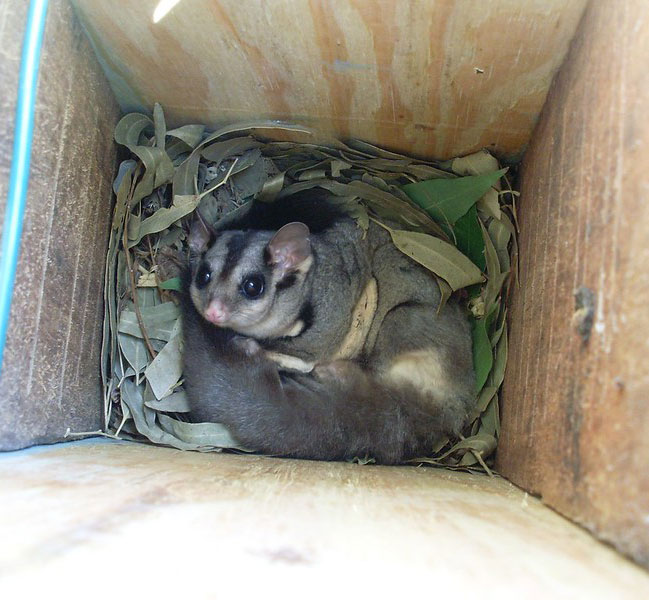Preserving special habitats
Our campuses feature remarkable ecological and environmental spaces. The University is documenting those that provide special habitat for biodiversity to contribute to Metric 2 of the Biodiversity Baseline Data Project, which aspires to protect these areas for the future.

The Biodiversity Baseline Data Project
Number of ‘Areas of Significance’ forms Metric 2 of the Biodiversity Baseline Data Project and identifies areas of ecological and environmental value that must be protected. These include both manmade gardens (e.g. System Garden) and areas of remnant natural vegetation (e.g. Dookie Bushland Reserve).
The Biodiversity Baseline Data Project facilitates the University’s ‘no net loss’ of biodiversity policy by measuring biodiversity through seven preliminary metrics and ensure values do not drop below baseline calculations.
A conservation haven: Dookie Bushland Reserve
Dookie Bushland Reserve is 270-hectare bushland reserve comprised of white box and grey box grassy woodland, a rare vegetation type in South-eastern Australia. Being the largest bushland reserve to occur on an Australian university campus, it provides enormous ecological and environmental value to our Dookie campus.
The reserve provides habitat to over 166 native plant species and 111 native fauna species, many of which are threatened with extinction. These include the Dookie daisy (Brachyscome gracilis), squirrel gliders (Petaurus norfolcensis), bush stone curlews (Burhinus grallarius), barking owl (Ninox connivens), bandy bandy snake (Vermicella annulata) and brush-tailed phascogales (phascogale tapoatafa).
Image credits from left to right:
“Bandy-bandy (Vermicella annulata). Sydney, NSW” by Jesse Campbell is licensed under CC BY-SA 2.0.
“Burhinus-grallarius” by Richard Fuller (Bird Team) is licensed under Public Domain Mark 1.0.
“Squirrel Gliders in Nestbox” by Brisbane City Council is licensed under CC BY 2.0.
Mapping areas for protection
As part of the development of Metric 2, former Bachelor of Science student and Biodiversity Intern, Olivia Conroy, created an ‘Areas of Significance’ Register listing all areas of ecological and environmental importance on University grounds.
This register is to be developed into an interactive map and made publicly available as a free online learning tool. Mapping areas listed in the register will allow the University to monitor these spaces and ensure development projects do not encroach on their boundaries.

Why do we need to protect significant spaces on campus?
Protected areas are an important tool for promoting biodiversity. Protecting habitat and ecosystems safeguards natural resources and genetic diversity of species, which are critical for the wellbeing of humans and nature.
Our campuses are frequently undergoing construction projects to keep up with the University’s infrastructure needs. While these projects add value to our University as a world-leading institution, so does intact ecosystems and gardens through provision of ecosystem services.
For example, the Rain Garden at our Burnley campus captures and filters stormwater, increasing the water permeability of the campus. This prevents flooding in storm events which are expected to increase due to climate change. It is important to protect spaces like these to ensure our campuses remain functional in a future altered climate.



